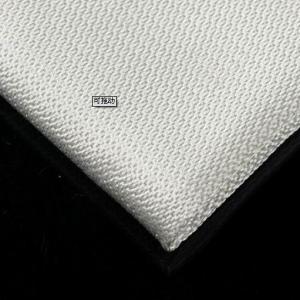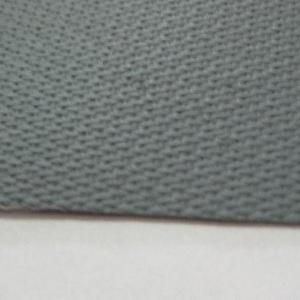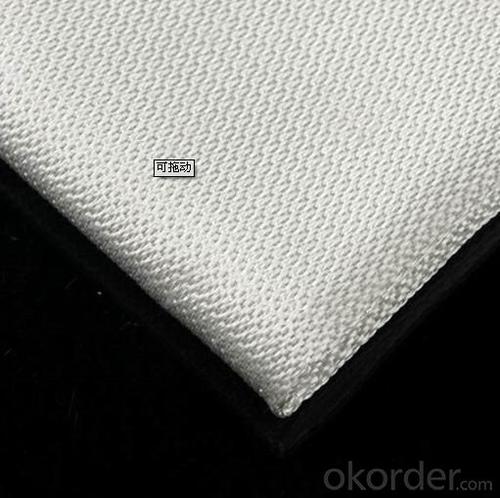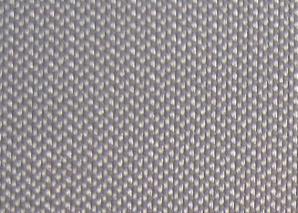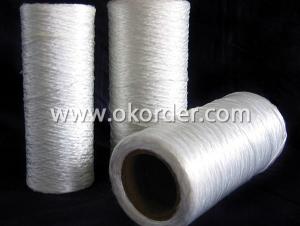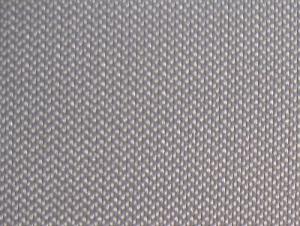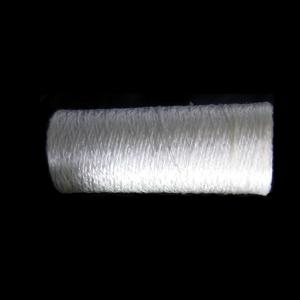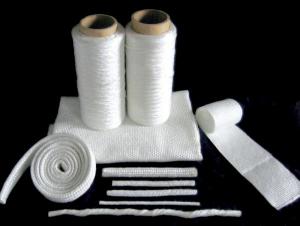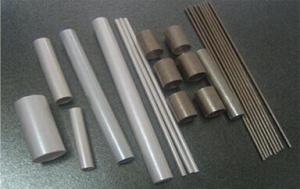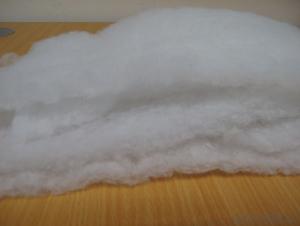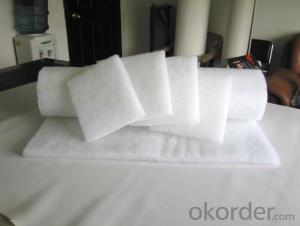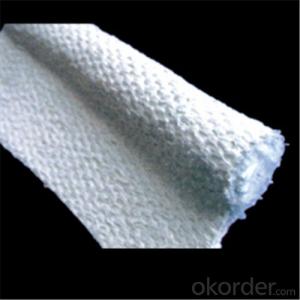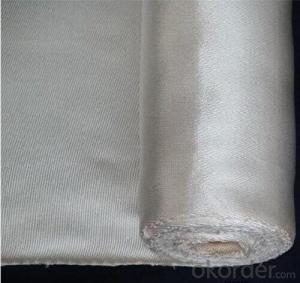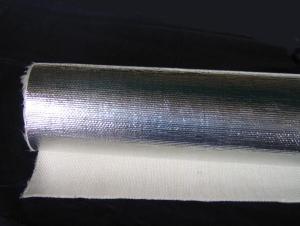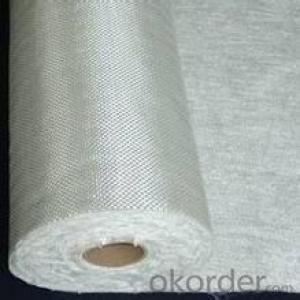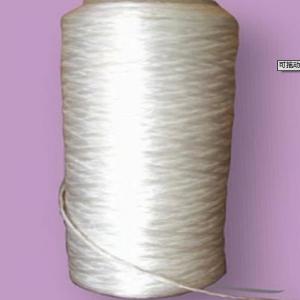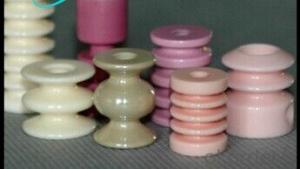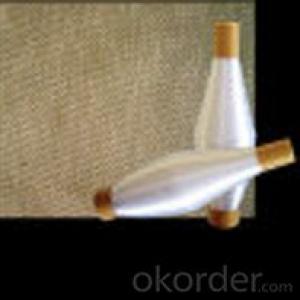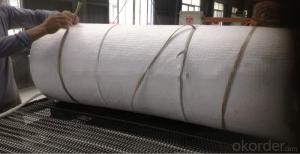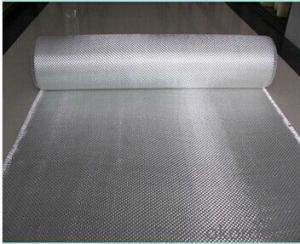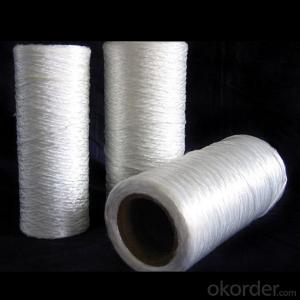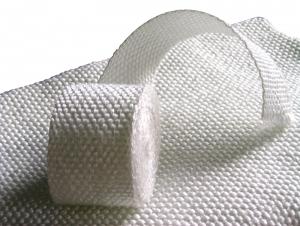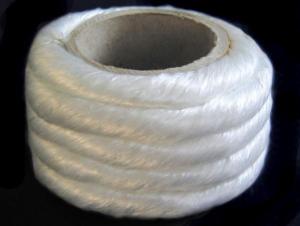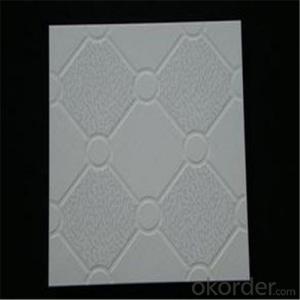Glass Fiber Textiles Silicone Coated Fiberglass Fabric
- Loading Port:
- China Main Port
- Payment Terms:
- TT or L/C
- Min Order Qty:
- 10 tons kg
- Supply Capability:
- 2*20FCL Per Month kg/month
OKorder Service Pledge
OKorder Financial Service
You Might Also Like
General information of Silicone Coated Fiberglass Fabric
Silicone fiberglass fabric is made with the basal material of high temperature resistant fiberglass fabric and silicone rubber by follow-processing; It is a compound material with high quality of performance. It has been widely used in spaceflight, chemical industry, petroleum, large generating electricity equipment, machinery, metallurgy, electric insulation, construction and other fields.
Main capability and characteristics of Silicone Coated Fiberglass Fabric:
1). Good performance on resisting high temperature and low temperature, (the resistance of lowest temperature: -70 degrees to highest temperature: 280 degrees); Good capability on temperature maintaining;
2). High strength: It is soft and ductile, could be tailored;
3). Good capability on chemical corrosion resistant, oil-proofing, waterproofing (washable);
4). Heat-aging and chemical-aging resistant, and preventing from ozone, oxygen and light;
5). High insulation performance, constant dielectric: 3-3.2, breakdown voltage20-50kv/mm.
Main application of Silicone Coated Fiberglass Fabric:
Fiberglass fabric coated with silicon rubber product is a new complex material which has been widely used in such fields as: Construction, electric insulation, pipeline ductile conjunction, chemical corrosion resistant, sealing, etc. The main using fields are:
1). Electric insulation:
Fiberglass fabric material coated with silicon rubber has high electric insulation grade, and it could endure high voltage load, be made into insulated fabric, pipeline, etc
2). Non-metal compensating facility:
Non-metal compensating facility is an instrument for pipeline ductile injunction, and it could solve such sabotage problems to pipeline as heat inflating-cold reducing; It is used as the basic material of ductile inflating knot, having the capability of high using temperature, corrosion resistant, seasoning resistant, good elasticity and ductile. This kind of product has been widely used in petroleum, chemical industry, cement, steel and copper, energy, etc, and has got good using efficiency;
3). Corrosion proofing field
Fiberglass fabric coated with silicon rubber could be used as external and internal corrosion proofing layer of pipeline and preservation jar, and it has excellent corrosion resistance, good capability to resist high temperature, high strength, so it is an ideal corrosion-proofing material.
4). Other fields:
Fiberglass fabric coated with silicon rubber could be used on sealing material of construction, high temperature corrosion-proofing belt, packing material, etc.
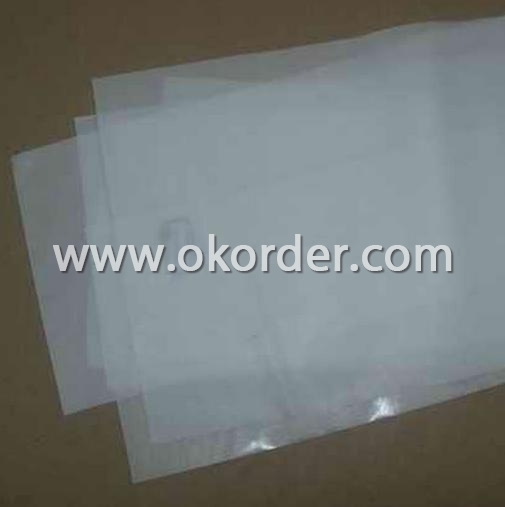
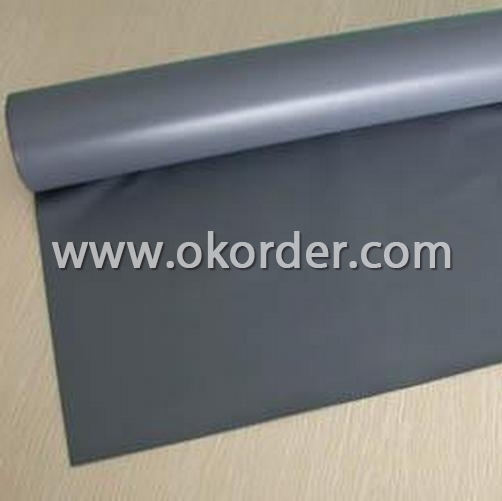
- Q: Can glass fiber textile be used in high-temperature applications?
- Yes, glass fiber textile can be used in high-temperature applications. Glass fiber has excellent thermal resistance properties, which make it suitable for use in high-temperature environments. It can withstand temperatures up to 1000°C (1832°F) without losing its structural integrity or mechanical properties. This makes it ideal for applications such as insulation blankets, gaskets, seals, and protective clothing in industries like aerospace, automotive, and industrial manufacturing, where high temperatures are involved. Glass fiber textile is also known for its low thermal conductivity, which helps to minimize heat transfer and improve energy efficiency in various high-temperature applications. Overall, glass fiber textile is a reliable and effective material choice for high-temperature environments.
- Q: Can glass fiber textile be used in geotextile applications?
- Glass fiber textiles have the capability to be utilized in geotextile applications. Geotextiles, which are employed in civil engineering ventures to enhance soil stability, drainage, and filtration, are the materials of interest. The glass fiber textiles are recognized for their remarkable strength and endurance, rendering them well-suited for geotextile applications. They exhibit exceptional resistance to chemicals, moisture, and UV radiation, qualities of great significance for materials employed in geotextile applications. In geotechnical projects like road construction, embankments, and landfills, glass fiber textiles can serve multiple purposes, including soil reinforcement, erosion prevention, and provision of separation and filtration.
- Q: What is the cost of glass fiber textiles?
- The cost of glass fiber textiles can vary depending on various factors such as the type and quality of the textile, the quantity being purchased, and the supplier. On average, glass fiber textiles can range in price from $2 to $10 per square yard. However, it is important to note that these prices are approximate and can vary significantly. Additionally, specialized or custom-made glass fiber textiles may be priced higher. It is recommended to contact suppliers and request quotes to get accurate and up-to-date pricing information for specific glass fiber textiles.
- Q: How does glass fiber textile perform in terms of moisture resistance?
- Glass fiber textile performs very well in terms of moisture resistance. It is highly resistant to moisture absorption and does not easily become damp or wet. This makes it a suitable material for applications where moisture resistance is important, such as outdoor fabrics, insulation, and protective clothing.
- Q: What are the different types of glass fiber textiles?
- There are several different types of glass fiber textiles, including woven fabrics, knitted fabrics, non-woven fabrics, and chopped strand mats.
- Q: Can fiberglass cloth be used on wooden boats? What do you use as adhesive? What are the conditions?
- AbsolutelyUnsaturated Poly I ester resin epoxy resinWooden boats must be kept dry
- Q: Can glass fiber textiles release harmful fibers?
- Yes, glass fiber textiles can release harmful fibers when they are damaged or deteriorated. These fibers, if inhaled, can cause respiratory issues and irritation. However, under normal conditions and proper maintenance, the risk of releasing harmful fibers from glass fiber textiles is minimal.
- Q: Are glass fiber textiles resistant to chemical spills?
- Glass fiber textiles are generally durable against chemical spills. Due to its exceptional chemical resistance properties, glass fiber is an optimal material for situations involving potential chemical exposure. These textiles typically withstand a broad array of chemicals, such as acids, alkalis, solvents, and oils. Nevertheless, it is crucial to acknowledge that the resistance of glass fiber textiles can differ based on the specific chemical and the duration of exposure. For detailed information on the chemical resistance of particular glass fiber textiles, it is advisable to consult the manufacturer or supplier.
- Q: How do glass fiber textiles affect visual aesthetics?
- Glass fiber textiles can have a significant impact on visual aesthetics. These textiles are known for their unique and beautiful appearance, which can greatly enhance the overall visual appeal of any space or object they are used in. One of the key visual benefits of glass fiber textiles is their ability to create a sense of transparency. Due to the nature of glass fibers, textiles made from them can allow light to pass through, creating a delicate and ethereal effect. This transparency can add a touch of elegance and sophistication to any design, making it visually appealing. Glass fiber textiles also offer a wide range of colors and patterns, allowing for endless creative possibilities. These textiles can be dyed in various hues or even combined with other materials to create captivating designs. The interplay of light and colors on glass fiber textiles can create a visually stunning effect that adds a dynamic and vibrant touch to any space. Moreover, glass fiber textiles can also be shaped and molded into different forms, giving them the ability to create unique and visually interesting textures. These textures can bring depth and dimension to a design, making it visually engaging and appealing. In addition to their aesthetic qualities, glass fiber textiles also offer practical benefits. They are durable, resistant to wear and tear, and easy to maintain, ensuring that their visual appeal remains intact over time. Overall, glass fiber textiles have a transformative effect on visual aesthetics. Their transparency, color range, patterns, textures, and durability all contribute to creating visually captivating and appealing designs. Whether used in interior design, fashion, or any other creative field, glass fiber textiles have the power to elevate the aesthetics of any space or object they are integrated into.
- Q: How do glass fiber textiles perform in terms of dimensional stability?
- Glass fiber textiles are known for their excellent dimensional stability. This means that they are resistant to changes in size or shape when subjected to external forces or environmental conditions. The unique composition of glass fibers, being made from molten glass that is drawn into thin strands, provides them with inherent strength and rigidity. As a result, glass fiber textiles retain their shape and size even under extreme temperatures, moisture, or mechanical stress. The dimensional stability of glass fiber textiles can be attributed to their low thermal expansion coefficient. This means that they do not expand or contract significantly when exposed to heat or cold, making them suitable for applications that require precise dimensions. Additionally, glass fibers have high tensile strength, which means they can resist stretching or elongation when subjected to pulling forces. This characteristic further contributes to their dimensional stability. Glass fiber textiles also exhibit good resistance to moisture absorption, which helps prevent swelling or shrinkage when exposed to humidity or water. This is particularly important in applications where dimensional accuracy is critical, such as in the construction of composite materials or reinforcement in structures. Overall, glass fiber textiles offer exceptional dimensional stability, making them a preferred choice in industries such as aerospace, automotive, construction, and marine. Their ability to maintain their size and shape under various conditions ensures reliable performance and longevity in demanding applications.
Send your message to us
Glass Fiber Textiles Silicone Coated Fiberglass Fabric
- Loading Port:
- China Main Port
- Payment Terms:
- TT or L/C
- Min Order Qty:
- 10 tons kg
- Supply Capability:
- 2*20FCL Per Month kg/month
OKorder Service Pledge
OKorder Financial Service
Similar products
Hot products
Hot Searches
Related keywords
